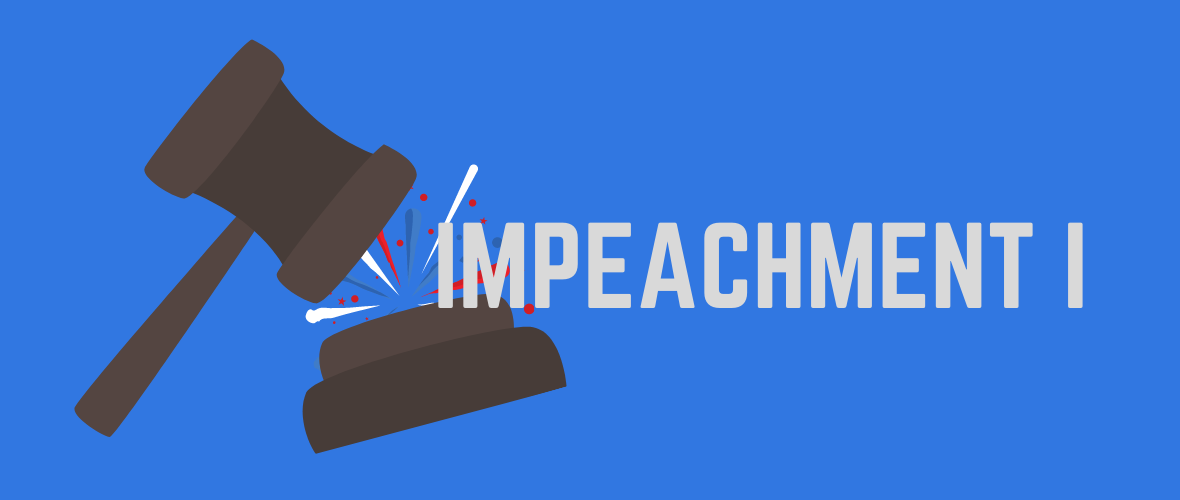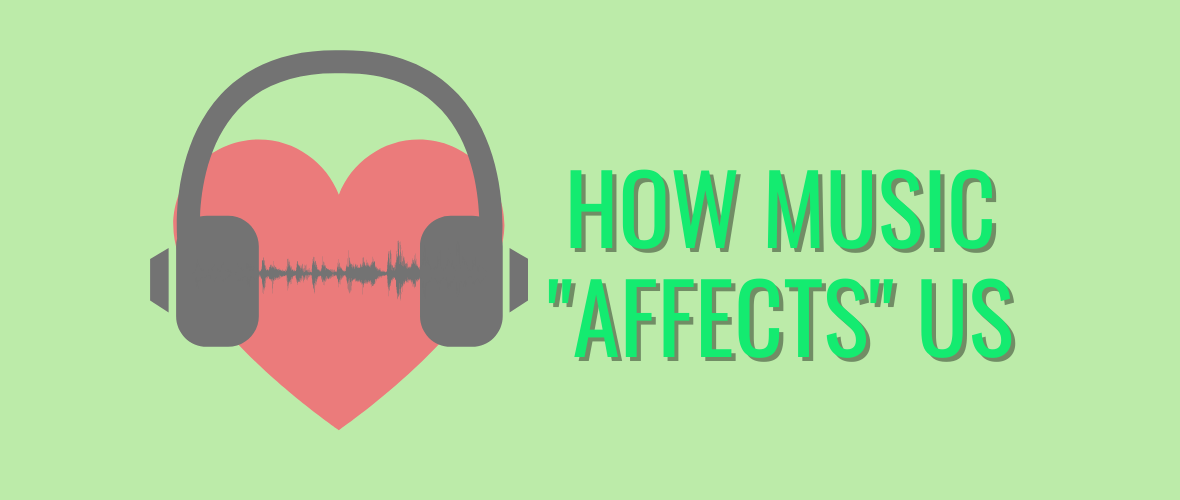Written by: Emma Shuen Lee (21-O1), Jace Bong (20-E1), Katelyn Joshy (21-U1), Leia Ong Rui En (20-U1), Lim Junheng, Jovan (20-O5), Poh En Xi (20-E3), Ng Teck Zhong (20-E5), Soh Iwin (20-E5), Tricia Loh Qiuxuan (21-U1)
Designed by: Liew Yi Xuan (21-E1)
Photography by: Euphonia Design and Publicity Team (Leow Jia Wen, Jolene and Lim Junheng, Jovan)
As well-dressed delegates stood up and gave eloquent speeches while equally well-dressed chairs banged the table for order, one would have thought that they were in a United Nations debate session. This was not far from the truth for the participants and organisers of Euphonia 2021, EJC’s inaugural Mock United Nations (MUN) and Press Conference on 3-4 April.
For the uninitiated, Model United Nations (MUN) is a platform where students roleplay as delegates from countries with memberships in the United Nations (UN) to debate on. In this article, we shed light on the elaborate preparations behind the scenes, the actual happenings of Euphonia and hopes for future conferences.
Beginning With A Dream
It all began one Sunday morning when Secretary General Soh Iwin (20-E5) awoke with an epiphany. “Hey, maybe it’s time for you to start a MUN (Model United Nations) in [Eunoia Junior College]!” she thought, as she relayed to us. While most of us might have brushed our early morning thoughts aside, Iwin was unwavering on her decision to set her plan in motion.
Photo credit: Euphonia Design and Publicity Team
Since this was going to be Euphonia’s first MUN, sign-ups were only limited to Eunoians so as to “find potential areas for improvement first” as well as provide a “comfortable platform for them to try [MUNs] out”, adds Iwin. Through Euphonia, the Secretary General had hoped to encourage Eunoians to gain “new insights on their humanities while learning more about Press and MUN”.
This sparked the idea of having a Press Crisis alongside the other crises that were introduced to their respective councils. As best put by Ms Ng Hui Qi, a teacher-in-charge, the addition of the Press Crisis in Euphonia made it “as authentic a [simulated] experience for live journalism as possible”.
A short time limit on Press Corp members, to complete their articles, was added to challenge Euphonia’s journalists in “[sparking] creativity in their expression of ideas, especially in presenting the events from the perspectives of the news agencies that they represented”, she added.
Though the ball had started rolling, the journey of having Eunoia’s first MUN would soon prove to be difficult. After confiding in Deputy Secretary General Jace Bong, who helped to further refine Iwin’s ambitious idea, it was clear that Euphonia had to be altered in order to abide by the Safe Management Measures (SMMs).
Photo credit: Euphonia Design and Publicity Team
It was an overhaul of a typical MUN, with “the biggest change being the whole of the second day being conducted online and … over Zoom”, recalled Leia Ong, Head of Academics for Press. “Many other events had to be cut out of the itinerary as well, such as a live dinner and dance at the end of Euphonia, as is customary for MUNs.”
However, the planning committee would not let such roadblocks hinder them — so an online closing ceremony with performances from EJ’s resident rock band was planned, alongside “Euphonia FM”, an event where Euphonia participants could relax to music as they took lunch breaks.
Organising this whole event was by no means easy, but with everyone’s collective efforts, Euphonia became Eunoia’s first ever MUN, and for many, a dream come true.
Making History
Do you remember collecting colorful lanyards and placards during registration? Well, this preceded the opening ceremony to start the conference with a bang on 3 April. The opening ceremony, held in Lecture Theatre 1, started the morning with an opening address by Secretary General Iwin.
Photo credit: Euphonia Design and Publicity Team
Speaking to a total of 48 blazer-donning delegates, Iwin said, “We are humbled to be given the honour of bringing you a whole new experience,” stating how the Secretariat members carried on the torch of Press and MUN with burning passion. She challenged delegates to “make Euphonia a meaningful experience for each of [them].”
During council bonding, delegates played games such as “Emote Guess” and council-specific Kahoots that were led by the council chairs. UNHRC Head Chair Caryl Kristine’s favourite aspect of Council Bonding was “seeing the delegates form new friendships or lobby and talk with each other!” Caryl shared, stating how it was “incredibly heartwarming to observe”, especially after the “rigidness and awkwardness passed”.
Photo credit: Euphonia Design and Publicity Team
After making new friends and being more comfortable with one another during the bonding session, each council welcomed 1-2 guest speakers. They were our very own teachers who shared with the delegates more about the topics that were to be debated in their councils, while linking it to concepts from the A-Levels syllabus. For example, GP teachers Mr Perrin and Ms Eleanor Wong came to give talks on article writing for the Press Corps.
Photo credit: Euphonia Design and Publicity Team
HCC delegate Alena Hua from 21-O1 shared that she was able to gain “better insight into the domestic events taking place in Indonesia [during the Konfrontasi]” as well as a “greater understanding of the key characters involved”.
Photo credit: Euphonia Design and Publicity Team
Enlightened by their new knowledge gained, councils proceeded into their first Council session, which took place from 10 a.m. to 1.30 p.m. Since many delegates were first time MUNners, this was both a challenge and a learning experience.
Photo credit: Euphonia Design and Publicity Team
Nikita Parmar, who participated in a Historical Crisis Council for the first time, recounted that the nature of the council meant that they were “constantly given new information … that they had to react and respond to immediately”, and therefore “found it difficult to contribute”. However, she optimistically shared that it was a good experience because she was “able to grow and develop [her] public speaking skills”, and was “glad that [she] signed up”.
Photo credit: Euphonia Design and Publicity Team
Day One ended off with the press conference, in which delegates were asked by the Press Corps about their insights on the topic at hand. This was an opportunity for delegates to craft answers in real time that would best reflect the state of the council and their countries’ stance, and influence their countries’ portrayal in Press articles.
Photo credit: Euphonia Design and Publicity Team
Therefore, many were enthusiastic in their response and gave a well-rounded recap of the first council session. Overall, the first day ended well with everyone in high spirits and ready for Day Two!
As One We Write Our Destiny
With the initial apprehension from Day One fading away, delegates, prepared with feedback from their chairs, were ready to tackle council sessions head on in Day Two! A quick roll call was swiftly followed by the first Council session for the day. As the session progressed, UNODC Head Chair Zsofia Magbujos recalled delegates taking time to warm up to the virtual platform. However, the Council was soon engaged in “substantial and rigorous debate near the end”. “Everyone was getting fired up too!” Zsofia laughed.
Photo credit: Euphonia Design and Publicity Team
Delegates soon found themselves racing against time as the second Council session began. Zsofia felt that the resolution debate “served as a good learning experience”, noting that most delegates were beginners.
That being said, as with all online MUNs, Day Two had some struggles. Unmoderated caucuses were less interactive, and Chairs scrambled to count council votes — at a painstaking rate of four panels at a time. Delegates had their fair share of difficulties too; laggy Wi-Fi and audio issues were just some of the hindrances to council progress, but of course let’s not forget about the infamous “mute” button.
Photo credit: Euphonia Design and Publicity Team
“My biggest difficulty for my online experience was trying to mute and unmute myself in time”, said UNHCR’s Alan Chan. He much preferred face-to-face MUNs because it allowed for live interaction amongst delegates and chairs which the online experience could not provide. However, despite the difficulties brought about by an online MUN, both delegates and chairs saw this as a new opportunity to test themselves, and they promptly rose to the challenge!
Photo credit: Euphonia Design and Publicity Team
After a session of intense debate, Euphonia FM took over, with appreciation messages and song dedications flooding the call, hosted by Iwin and Jace.
“It was a great time for us to take a breather,” Isabelle Looi, the HCC Deputy Chair, shared. From the songs ‘Barney, I Love You’ to ‘Indigo’ by NIKI, it truly was a heartwarming moment to see both delegates and Chairs energising one another!
Photo credit: Euphonia Design and Publicity Team
Then came the final Council session for the day, when delegates ran the last stretch of the race — passing the Resolutions. After intense discussions, clause amendments and voting, the much-anticipated “By Chairs’ discretion, this resolution passes!” was finally declared.
Thereafter, the stuffiness of council decorum vanished and the fun began! From council bonding on skribbl.io, to the performances by EJC’s Rock Band, heart-warming speeches given by the Chairs and awards presentation at the closing ceremony, Euphonia 2021 was truly one to remember.
Photo credit: Euphonia Design and Publicity Team
Eunoia’s (Euphonia’s) Legacy
“We now declare Euphonia 2021 CLOSED!” Iwin and Jace declared over Zoom at 4 p.m. It was a fun, fulfilling and successful two days for the Delegates, Chairs, and the Secretariat alike.
Photo credit: Euphonia Design and Publicity Team
Despite the pandemic, Euphonia 2021 was given an opportunity to be held partially in-person, albeit with the relevant SMM in place, and the team of Chairs and Secretariat are very grateful for that. It is the hope of the Secretariat that Euphonia can continue to be organised in the years to come, and that every edition after this inaugural one will be even better.







